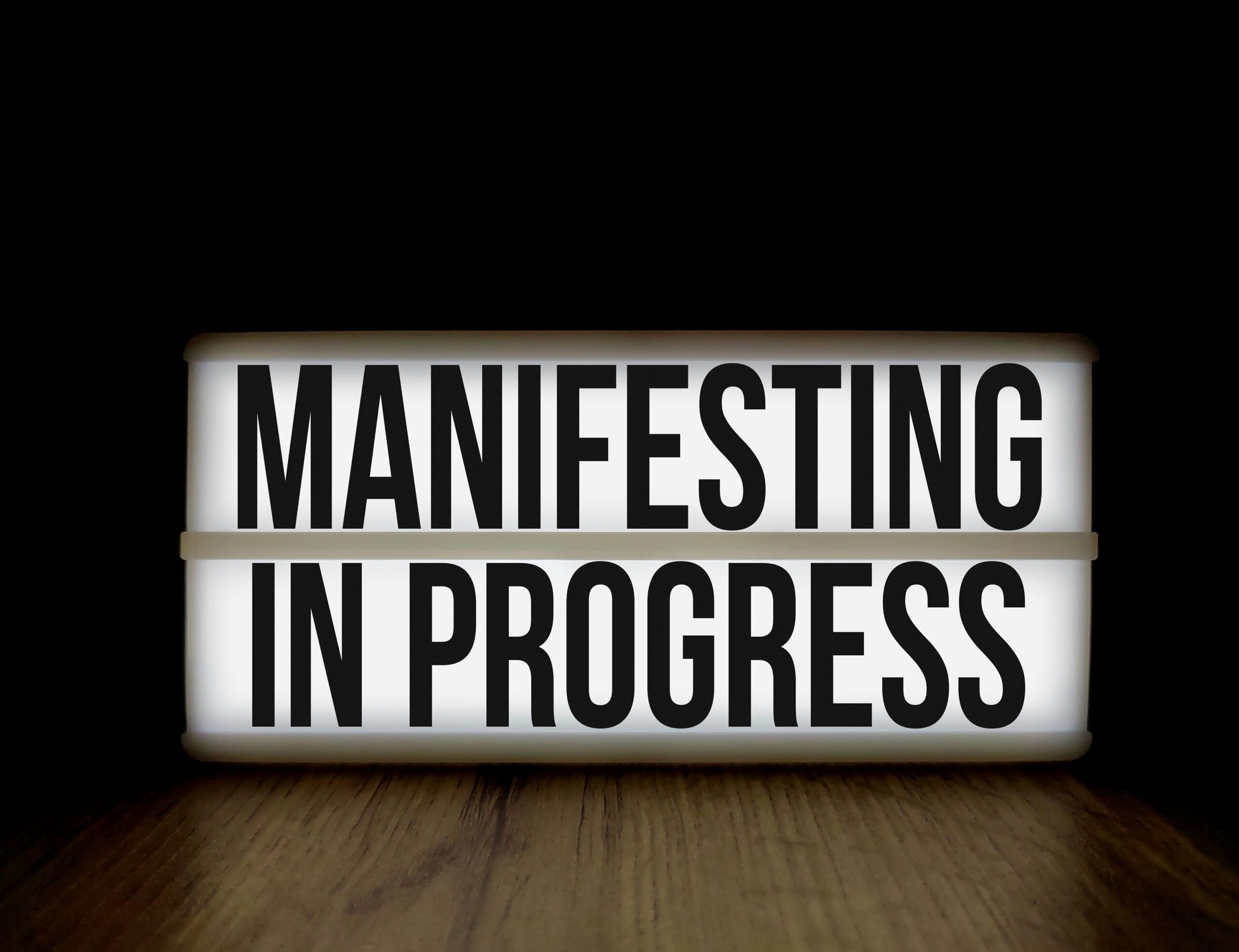Change begins in the mind. Our thoughts shape our reality, influence our emotions, and determine our actions—making cognitive behavioral tools essential for lasting transformation.
Every day, millions of people struggle with self-doubt, anxiety, procrastination, and limiting beliefs that prevent them from reaching their full potential. The gap between where you are and where you want to be often feels insurmountable, but the truth is that you already possess the capacity for profound change. The key lies in understanding how your mind works and applying proven strategies that rewire your thinking patterns.
Cognitive Behavioral Therapy (CBT) has emerged as one of the most effective psychological approaches for personal development and mental wellness. Unlike traditional therapy that focuses primarily on past experiences, CBT emphasizes the present moment and provides practical tools you can use immediately. These techniques aren’t just for clinical settings—they’re powerful instruments anyone can harness to unlock their potential and create meaningful, lasting change in their lives.
🧠 Understanding the Foundation: How Your Thoughts Create Your Reality
The cognitive behavioral model operates on a simple yet profound principle: your thoughts, feelings, and behaviors are interconnected. When you change one element, the others naturally follow. This isn’t abstract philosophy—it’s backed by decades of scientific research and countless success stories.
Consider this scenario: You receive critical feedback at work. One thought pattern might be “I’m terrible at my job and everyone knows it,” leading to feelings of shame and avoidance behaviors. An alternative thought could be “This feedback gives me specific areas to improve,” resulting in motivation and constructive action. Same situation, dramatically different outcomes—all determined by your cognitive interpretation.
The brain’s neuroplasticity means it can form new neural pathways throughout your life. Every time you challenge a negative thought pattern and replace it with a more balanced one, you’re literally rewiring your brain. This biological reality makes lasting change not just possible but probable when you consistently apply the right techniques.
Identifying Your Cognitive Distortions: The Hidden Barriers to Growth
Before you can change your thinking patterns, you need to recognize them. Cognitive distortions are systematic errors in thinking that sabotage your potential. These mental habits operate automatically, often below conscious awareness, shaping your perception of reality in unhelpful ways.
Common cognitive distortions include all-or-nothing thinking, where you see situations in black-and-white categories without acknowledging the gray areas. Catastrophizing involves imagining the worst possible outcome and treating it as inevitable. Mental filtering means focusing exclusively on negative details while ignoring positive aspects. Personalization causes you to take responsibility for events outside your control.
Recognizing these patterns is the first step toward freedom. When you catch yourself engaging in distorted thinking, you create a moment of choice. That pause between stimulus and response is where your power lives. With practice, you’ll notice these patterns earlier and more frequently, giving you more opportunities to redirect your thoughts toward more accurate and helpful interpretations.
The Thought Record Technique: Your Blueprint for Mental Clarity
One of the most powerful CBT tools is the thought record, a structured method for examining and challenging your automatic thoughts. This technique brings unconscious patterns into conscious awareness, where you can evaluate and modify them systematically.
A comprehensive thought record includes several key elements: the situation that triggered the thought, the automatic thought itself, the emotions you experienced (with intensity ratings), evidence supporting the thought, evidence contradicting it, a more balanced alternative thought, and the outcome in terms of emotional change.
For example, imagine you sent a message to a friend who didn’t respond for two days. Your automatic thought might be “They’re angry with me and don’t want to be friends anymore.” This thought creates anxiety rated at 8/10 intensity. Evidence for: they usually respond quickly. Evidence against: they mentioned being busy with a project, they’ve been slow to respond before without issues, no recent conflicts occurred. Alternative thought: “They’re probably busy and will respond when they have time.” New anxiety rating: 3/10.
The power of thought records lies in consistent practice. Initially, you might complete them after difficult situations, but with experience, you’ll run through this process mentally in real-time, automatically generating more balanced perspectives.
🎯 Behavioral Activation: Breaking the Cycle of Avoidance
While cognitive work is essential, behavior change amplifies and consolidates your progress. Behavioral activation is a CBT strategy that involves deliberately engaging in activities aligned with your values and goals, especially when you don’t feel like it. This approach is particularly effective for overcoming procrastination, depression, and motivational challenges.
The principle behind behavioral activation challenges the common belief that motivation must precede action. In reality, action often creates motivation. When you engage in meaningful activities despite low energy or negative emotions, you generate positive experiences that naturally shift your mood and thinking patterns.
Start by identifying activities that align with different life domains: relationships, personal growth, health, career, recreation, and spiritual or philosophical pursuits. Create a hierarchy from easiest to most challenging, then commit to completing at least one activity daily, beginning with manageable tasks that ensure early success.
Creating Your Personalized Activity Schedule
A structured activity schedule transforms intention into reality. Rather than waiting for motivation, you pre-decide when and how you’ll engage in important activities. This removes the mental burden of constant decision-making and reduces opportunities for procrastination.
Your schedule should include a mix of necessary tasks, pleasurable activities, and meaningful pursuits that contribute to long-term goals. Rate each completed activity for pleasure (how enjoyable) and mastery (sense of accomplishment). This data reveals which activities most effectively improve your mood and confidence, allowing you to optimize your schedule over time.
Remember that consistency matters more than intensity. Fifteen minutes of daily exercise provides more lasting benefits than an intense three-hour session once monthly. Small, regular actions create sustainable habits that compound over time, generating remarkable results.
Mastering Emotional Regulation Through Cognitive Tools
Emotions provide valuable information, but they don’t have to control your decisions or define your reality. CBT offers several techniques for developing emotional intelligence and regulation—skills essential for personal and professional success.
The first step is emotional awareness. Many people experience emotions physically without clearly identifying them mentally. Practice labeling your emotions precisely: instead of “bad,” distinguish between anxious, frustrated, disappointed, or overwhelmed. Specificity enables targeted intervention. Each emotion has different triggers, thoughts, and appropriate responses.
The next level involves understanding the thought-emotion connection. Emotions aren’t caused directly by events but by your interpretation of events. This insight is liberating because while you can’t always control circumstances, you can always work with your interpretations. When you experience a strong emotion, ask yourself: “What thought just went through my mind?” This question bridges the gap between unconscious reactions and conscious choice.
The STOP Technique for Emotional Crisis Management
Intense emotions can overwhelm your rational thinking, leading to impulsive decisions you later regret. The STOP technique provides a circuit-breaker for emotional escalation: Stop physically—pause whatever you’re doing. Take a breath—several slow, deep breaths activate your parasympathetic nervous system. Observe—notice your thoughts, feelings, and physical sensations without judgment. Proceed mindfully—choose your response based on your values and long-term interests, not immediate emotional impulses.
This four-step process takes less than a minute but can prevent hours of negative consequences. Practice STOP during low-intensity situations so it becomes automatic during genuine crises. Like any skill, emotional regulation improves with repetition until it becomes second nature.
⚙️ Core Belief Work: Transforming Your Operating System
Beneath automatic thoughts lie deeper beliefs about yourself, others, and the world. These core beliefs function like a mental operating system, filtering all incoming information and generating your automatic thoughts. Lasting change requires addressing these foundational beliefs, not just surface-level thoughts.
Core beliefs typically form during childhood and adolescence based on early experiences and relationships. Common limiting beliefs include “I’m not good enough,” “People can’t be trusted,” “The world is dangerous,” or “I must be perfect to be acceptable.” These beliefs feel absolutely true even when objectively false, because they’ve operated unchallenged for years or decades.
Identifying core beliefs requires detective work. Look for patterns in your automatic thoughts across different situations. If you consistently interpret neutral situations as criticism, you might hold a core belief about being fundamentally flawed. If you avoid relationships despite loneliness, you might believe others will inevitably hurt or abandon you.
The Continuum Technique for Flexible Thinking
Core beliefs tend toward extremes: “I’m either perfect or worthless,” “People are trustworthy or dangerous,” “I’m completely in control or helpless.” The continuum technique challenges this black-and-white thinking by introducing shades of gray.
Create a scale from 0 to 100 representing the extremes of your belief. For “I’m a complete failure,” place 0 at “complete failure” and 100 at “total success.” Now rate yourself honestly, considering evidence from your actual life. Most people fall somewhere in the middle, with strengths in some areas and weaknesses in others—just like everyone else.
This exercise doesn’t aim for positive thinking but for accurate thinking. Recognizing that you exist on a continuum rather than at an extreme reduces emotional intensity and opens possibilities for growth. You can improve without needing to be perfect, and you can acknowledge weaknesses without seeing yourself as completely deficient.
🔄 Building Lasting Habits Through Implementation Intentions
Knowledge without application creates frustration, not transformation. The gap between understanding CBT principles and consistently applying them is where most people struggle. Implementation intentions bridge this gap by creating specific, situation-based plans that trigger desired behaviors automatically.
An implementation intention follows the format: “When situation X occurs, I will perform behavior Y.” This simple structure dramatically increases follow-through rates. Instead of “I’ll challenge negative thoughts,” commit to “When I notice anxiety rising, I will complete a thought record.” Instead of “I’ll be more active,” decide “When I arrive home from work, I will walk for 15 minutes before checking my phone.”
The specificity of implementation intentions removes ambiguity and decision fatigue. Your brain recognizes the situational trigger and automatically initiates the planned behavior. Over time, these conscious decisions become unconscious habits, reducing the mental effort required to maintain positive changes.
Creating Your CBT Practice Routine
Sustainable change requires consistent practice, but consistency doesn’t mean perfection. Rather than attempting to implement every CBT tool simultaneously, select one or two techniques that address your most pressing challenges. Master these before adding others.
A realistic CBT practice routine might include: morning thought record (5 minutes) to set a balanced perspective for the day, midday behavioral activation check-in (2 minutes) to ensure you’re engaging in meaningful activities, and evening reflection (5 minutes) reviewing what worked, what didn’t, and what you learned. This 12-minute daily investment generates compound returns over weeks and months.
Track your practice and progress using a simple journal or app. Visible progress reinforces motivation, while tracking helps identify patterns in what works best for your unique situation and personality. Personalization is key—effective CBT adapts universal principles to individual needs.
Social Support and Accountability: Multiplying Your Success
While CBT provides powerful individual tools, your social environment significantly influences your ability to maintain changes. Surrounding yourself with supportive people who understand your goals creates accountability and encouragement during difficult periods.
Consider sharing your personal development journey with trusted friends or family members. Explain the CBT tools you’re practicing and how they can support you. Sometimes support means listening without judgment, other times it means gently pointing out cognitive distortions you might have missed, and occasionally it means celebrating your progress and efforts.
Professional support through therapy or coaching can accelerate your progress, especially when addressing deeply rooted patterns or complex challenges. A trained professional provides objective perspective, catches blind spots, and offers customized strategies beyond general techniques. This investment in yourself often yields returns far exceeding the time and financial costs.

💪 Maintaining Progress and Preventing Relapse
Change isn’t linear—expect setbacks, plateaus, and occasional regression. These aren’t failures but normal parts of the growth process. How you respond to setbacks determines whether they become temporary detours or permanent roadblocks.
When old patterns resurface, resist the temptation to catastrophize or abandon your efforts. Instead, approach setbacks with curiosity: What triggered the old pattern? What factors contributed—stress, fatigue, specific situations? What can you learn to handle similar situations better next time? This growth mindset transforms setbacks into valuable data for continued improvement.
Create a relapse prevention plan while things are going well. Identify your personal warning signs—specific thoughts, behaviors, or situations that historically precede difficulties. For each warning sign, establish a specific action plan. This proactive approach means you have a clear response ready when challenges arise, rather than scrambling to figure out what to do during a crisis.
Your Continuous Evolution Journey
Unlocking your potential isn’t a destination but an ongoing journey of self-discovery and refinement. As you master fundamental CBT tools, you’ll naturally progress to more advanced applications. Your understanding deepens, your skills sharpen, and changes that once required conscious effort become automatic.
The most successful people aren’t those without problems—they’re those who’ve developed effective tools for managing challenges. By consistently applying cognitive behavioral principles, you’re building a psychological skillset that serves you across every life domain: relationships, career, health, creativity, and personal fulfillment.
Your potential isn’t fixed or limited by your past. Every moment offers an opportunity to think differently, feel differently, and act differently. The cognitive behavioral tools outlined here provide a practical roadmap for that transformation. Start where you are, use what you have, do what you can. Small, consistent actions compound over time into remarkable changes you can’t yet imagine.
The question isn’t whether you can change—neuroscience confirms you absolutely can. The real question is whether you’ll commit to the consistent practice required to unlock your full potential. Your future self is waiting to meet the person you’re capable of becoming. The tools are in your hands. The journey starts now. 🌟
Toni Santos is a personal growth strategist and wealth alignment researcher dedicated to helping people connect mindset, habits, and money with purpose. With a focus on abundance psychology and intentional living, Toni explores how beliefs, behavior, and clarity turn goals into sustainable prosperity. Fascinated by financial psychology and high-performance routines, Toni’s journey bridges coaching, behavioral science, and practical frameworks. Each guide he shares is an invitation to design a life by intention—where daily actions align with values, and values align with long-term wealth. Blending mindset work, habit design, and evidence-based strategy, Toni studies how identity shifts, focus systems, and disciplined execution create compounding results. His work champions the idea that true abundance is built from the inside out—through awareness, alignment, and consistent action. His work is a tribute to: An abundance mindset grounded in gratitude, vision, and responsibility Financial psychology that transforms behavior into smart decisions Goal-oriented living powered by clear systems and repeatable habits Whether you’re redefining success, aligning money with meaning, or building habits that last, Toni Santos invites you to grow with intention—one belief, one plan, one aligned step at a time.



